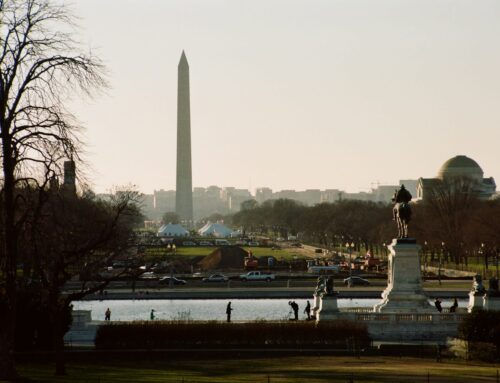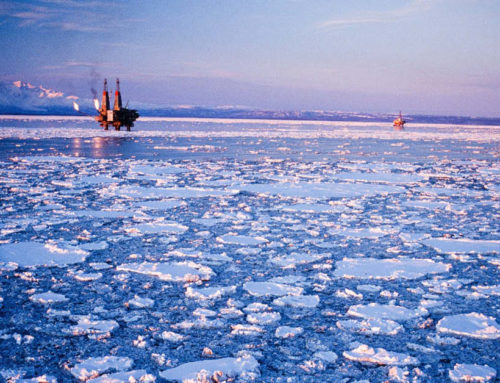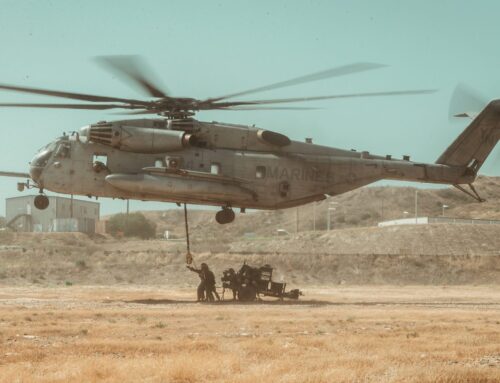On a recent summer afternoon, workers and trucks buzzed in and out of a pump station under construction in DeValls Bluff. Several miles away, the site of what will eventually be a 100-acre regulating reservoir is currently filled with dirt.
Already 17 years in the making, the project tends to spark cycles of controversy among those who say it’s a badly needed solution to the region’s water woes and those who say it’s too large of a financial and environmental burden. Such woes include rapidly dwindling ground water.
The ultimate goal of the Grand Prairie Area Demonstration project is to deliver water to some 300,000 acres of cropland across eastern Arkansas to reduce agriculture’s dependency on ground water and preserve the Sparta aquifer, the source of drinking water for the area.
Proponents argue that there’s no longer any choice in the matter, since the aquifer which previously allowed agriculture access to ground water has now run dry. That leaves the Sparta aquifer as agriculture’s only option.
“I know for people who live in the area, it’s kind of hard to see this, but we are over half done, and when you come back and look at the on-farm features that are there, we are significantly in front of that,” said Dennis Carman, director and chief engineer of the White River Irrigation District.
He expressed hope that the end is in sight, especially because most of the high-dollar items, such as the pumping superstructure and main reservoir, have already been funded. The current price tag, an estimated $481 million, includes some features that will be paid for by the farmers.
“The ground water depletion has been such that we’ve got to have an alternate source or we’re not going to be growing rice like we are now,” said farmer Dan Hooks.
Rice, a dominant crop in the Grand Prairie region and Arkansas as a whole, takes a tremendous amount of water to grow.
Hooks uses an on-farm system, including a large reservoir, which he estimates lets him be about 80 percent self-sufficient for water. On-farm systems are part of a growing trend across Arkansas, but Hooks says it does not change the fact that the Grand Prairie Irrigation Project needs to be completed.
“It’s expensive,” he said of smaller farms being forced to put a well into the Sparta aquifer as the only alternative to ground water, “and then you’re in the municipal drinking water supply.”
“Those pumps will replace about 700 good producing wells out on the Grand Prairie,” said Carman.
He gestured to what will eventually be four major and two smaller pumps inside the facility under construction in DeValls Bluff. He said on-farm features, which have been added recently to about 350 local farms, are a tremendous help but only part of the overall picture.
“I like to say that I use water until it’s not wet anymore,” said farmer John Larkan.
He described an on-farm tailwater system that allows him to recapture and reuse irrigation water. The on-farm features are helpful but take up space that would otherwise grow income-producing crops, he added.
Under the Arkansas State Water Plan crafted in 2014, the Grand Prairie region is required to shift from ground water to excess surface water for irrigation. This project aims to do just that, by drawing from the nearby White River and delivering water to farms via a network of canals, ditches and pipes which is not yet complete. Funding, too, is uncertain.
The history of the project is dotted with controversies and legal challenges. Dennis Carman still bristles at the mention of the ivory-billed woodpecker lawsuit, which he estimates cost the project three years and perhaps as much as $100 million, even though the White River Irrigation District ultimately won the case.
“Well, if that’s considered winning,” he muses.
“We feel like that group [the White River Irrigation District] is moving towards water conservation, and we are glad that they are,” said Ellen McNulty, current president of the Arkansas Wildlife Federation. More than 10 years ago, the group was one of the plaintiffs in the woodpecker suit.
David Carruth, who led an organized group opposing the project many years ago, said he still has a number of financial and environmental concerns about the project today. He said he still gets approached in public by people who thank him for attempting to stop the project, including farmers.
“It is simply largess at its worst,” he said, speculating that the project’s estimated $481 million cost may wind up as $700 million or more. He also questioned whether the White River can withstand as much pumping as the project intends to do.
“Keep in mind, the lower White River system is one of the last remaining habitats where fish spawn and fill the entire lower Mississippi Delta with fish,” he said.
Overly aggressive pumping, especially at certain times of the year, risks tremendous damage to the river, he said.
The pump station and regulating reservoir are funded, but the irrigation district still needs an estimated $200 million for the canals, ditches and pipes that will send water to about 867 farms throughout Prairie, Lonoke, Monroe and Arkansas counties. No funding for that part of the project was included in the most recent federal budget.
“Our biggest obstacle right now is getting enough funding to go ahead and complete the project,” said retired farmer Len Sickel, who’s been on the irrigation district’s board for close to 30 years.
“It’s a difficult task in this environment,” said U.S. Rep. Rick Crawford (R – 1st District).
He said there are many competing demands for federal dollars for infrastructure projects. He said he doesn’t think that the situation necessarily qualifies as a water “crisis” but that completion of the project would help ensure that it never reaches a crisis point in the future.
“People like to think that this is an agricultural project. It’s really an environmental quality project,” he added.
Others say the project is simply too expensive and likely to continue to rise in cost over the years.
“It’s never a good argument to advocate spending good money after bad. If the numbers don’t work for the project, it doesn’t matter how much has been invested in it. Every dollar invested in it in the future is going to continue to be a waste,” said Josh Sewell, a senior policy analyst with Washington-based Taxpayers for Common Sense. He added that if the project was really so urgent, then farmers, the irrigation district or the state of Arkansas would find a way pay for it, instead of asking for federal dollars to fund the majority of the price tag.
Sewell also questioned whether farmers have done enough to conserve water, and why they seem to be opting for the most water-intensive crops.
“We are concerned that this is an attempt to use federal tax dollars to subsidize the business choices and lifestyle choices of a few farmers,” he said.
Despite 17 years of controversy, Carman feels very optimistic going forward.
He said the project is currently pursuing an unusual private-public partnership to try to drum up additional funding. There’s been interest, he added, since other industries and companies also see the wisdom in getting the project online and protecting perhaps the most precious of natural resources, water.
“We’re trying to do the right thing for the environment. We’re trying to the right thing for the community, for jobs, and for economic stability,” he said.











Get Social